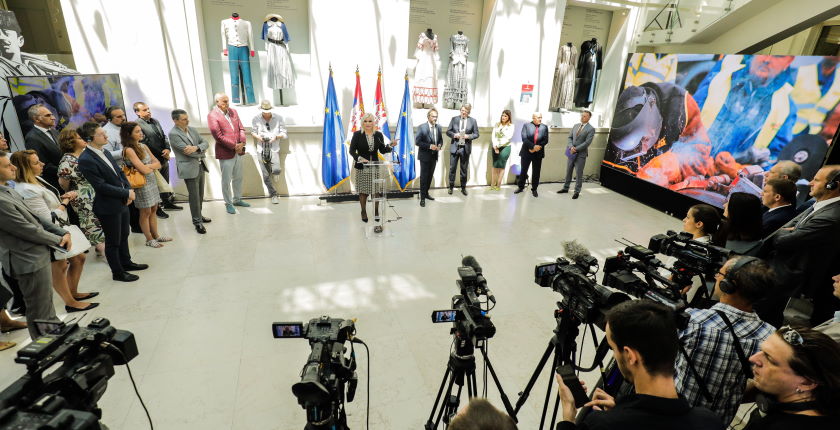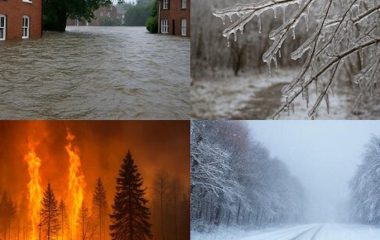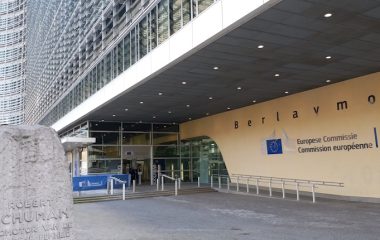
Photo: Ministry of Mining and Energy
Serbia presented the preliminary goals for the Integrated National Energy and Climate Plan that it is developing, ahead of the launch of the public debate. The government is targeting 100 times more solar power and 10 times more capacity in wind parks for 2030. It aims to cut greenhouse gas emissions by 40.3% and achieve a share of 41% of renewables in gross final energy consumption by the end of the decade.
Serbia’s Integrated National Energy and Climate Plan (NECP) is being drafted under the working slogan ‘To Be, or Not to Be’, government officials said at the presentation of the preliminary goals. The five scenarios and the initial figures will be put to a comprehensive public debate – with domestic and foreign institutions, companies and every citizen, Deputy Prime Minister and Minister of Mining and Energy Zorana Mihajlović said.
The purpose of the strategic document is to set the path for making Serbia climate neutral by 2050, alongside ambitious goals for the current decade. The ministry laid out the provisional targets for 2030:
- Cut greenhouse gas emissions from 1990 levels by 40.3%,
- Reach a 41% share of renewable sources in gross final energy consumption,
- Reach a 49.1% share of renewable sources in electricity production,
- Reach a 50.9% share of renewable energy sources in heating and cooling,
- Reach a 6.1% share of renewable sources in transportation,
- Boost energy efficiency to lower primary energy consumption to 14,750 megatons of oil equivalent (MTOE),
- Boost energy efficiency to lower final energy consumption to 9,528 MTOE,
- Add 1.54 GW in solar power capacity or 100 more than the current level, and
- Add 3.51 GW in wind power or ten times more than what is now installed in Serbia.
Serbia has to make serious decisions with NECP
The government wants the Integrated National Energy and Climate Plan until 2030 with a vision until 2050 to pave the way to increase energy security and environmental protection, Mihajlović underscored. The aim of the NECP is to add green jobs, have clean water, air and soil, improve energy efficiency and enable households to produce power and heating, she underscored.
The NECP will enable households to produce electricity and heating, Deputy Prime Minister Zorana Mihajlović said
“This plan means that we are strong and responsible enough to realize what it means to fight for our energy, to fight for our environment. This plan also means we can’t close our eyes. This plan shows the government’s strength to set great change in motion. This plan also means we have to make serious decisions,” the deputy prime minister stated. Mihajlović added that the document would enable growth and the introduction of new technologies, saying it is necessary for future generations.
Country is already behind schedule
The NECP implies new ways of producing electricity and heating energy and a phaseout of dirty technologies and fossil fuel use, she stressed. Mihajlović reiterated that small modular nuclear reactors are included in the proposed scenarios. However, in her words, the possibility needs to be discussed on a country-wide level.
“Serbia is already late with the construction of new capacities and in the green energy transition. There is clear political will – we said we want to join the European Union, but we have to make the hard decisions in our own interest,” Mihajlović asserted. She claimed there is still much resistance against such efforts in the country.
At the event in Belgrade, the ministry highlighted its pumped storage hydropower projects Bistrica and Đerdap 3. The latter is envisaged to include a floating solar power plant on a reservoir, the officials noted. They also said Serbia has high hopes for green hydrogen production and its use in transportation.
Several gas, power interconnection projects under development
Serbia also wants to establish gas interconnections with North Macedonia, Romania, Bosnia and Herzegovina, Croatia and Montenegro, according to the ministry. It added it would build another gas storage facility and build power interconnections with neighboring countries.
The government counts on two large pumped storage hydropower projects to provide balancing for renewables
EU Ambassador to Serbia Emanuele Giaufret and Energy Community Secretariat Director Artur Lorkowski attended the presentation.
The NECP is being developed under an Instrument for Pre-Accession Assistance (IPA) project called Further Development of Energy Planning Capacity. It is funded by the EU and implemented by LDK Consultants SA in consortium with the Center of Renewable Energy Sources and Saving (CRES).
North Macedonia is the only country in the Western Balkans and Energy Community contracting party that adopted its NECP, two months ago, while Albania submitted its draft in December.


















Be the first one to comment on this article.